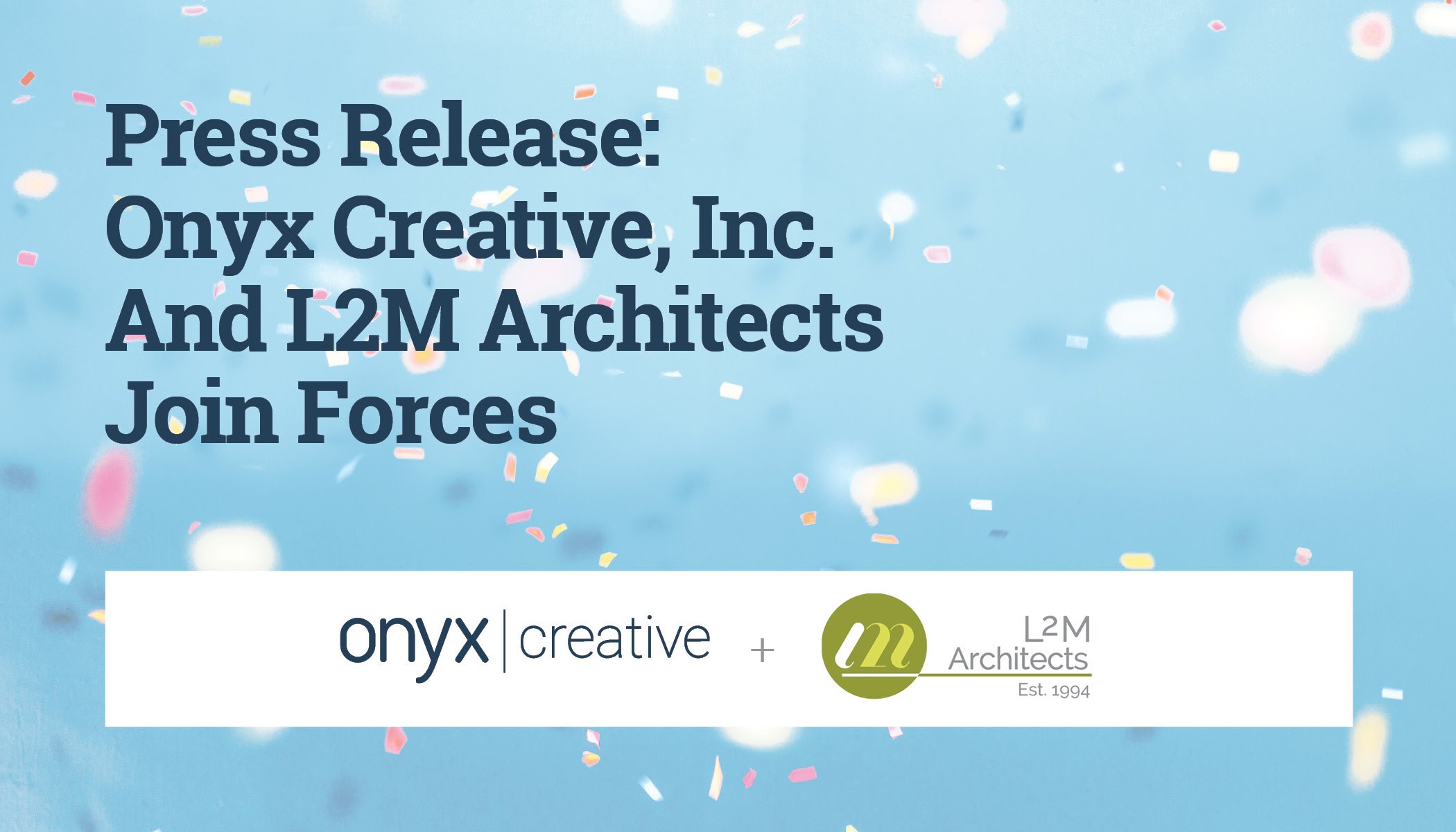Branding adds value to your non-profit by providing a thoughtful, purpose-driven identity that communicates a clear and consistent message of positivity and a sense of place among its people and those seeking help. Here are some tips on how to navigate your non-profit’s rebrand and ultimately achieve your mission.
Define your core project team
Choose a small group of people to be in your core project team. These people will be the decision-makers of your new brand. We recommend around six or fewer people on this team. You don’t want to work with too many people because you will find it hard to come to a consensus on decisions. You also want differing opinions from your main leaders on important topics such as finance, overall mission, etc. Usually, this includes the chief executive officer, the chief financial officer, and a marketing person or group, whether they are a part of your organization or they were hired to help in the process.
Assess your current materials
This is about gathering all of your current marketing materials together to see what you have, what is lacking, what needs to be updated, etc. A standard list of marketing items that every organization needs include: business cards, letterheads, envelopes, brochures, website, etc.
Current and available materials also extend to the people in your organization. Do you have a designer that can help you create these items or do you need to hire someone? Will they be an internal employee or a contracted resource? Creating a to-do list of tasks and who will complete them will help you establish an action plan going forward.
Talk to people
Talk to everyone in your organization. Talk to both your clients and people that have never worked with you before. Ask them questions about your current organization. Organize their answers. Know the general internal and public opinions of your current brand. This will help inform you what your problem areas are in order to solve them in the rebrand. This can be done through interviews, focus groups, phone calls, or surveys. This discovery phase should be one of the longest processes in your rebrand journey. It is just as important as the design phase. If you think this seems like too much of an undertaking for your organization, you can always elicit help. We’ll talk more about those options later.
Gaining insights internally within your organization needs to be one of your top priorities. Employees will more likely accept and be excited about change if you include them in this phase. Questions relating to company culture and internal opinions should be addressed with employees. Some sample questions for this group could be:
What makes our organization unique?
What do we do better than others?
What are the strengths and weaknesses of our organization?
How well would rebranding be accepted among our internal staff?
What concerns do you have, if any, about our organization rebranding?
How important is our company name to you?
What name would you give the new organization?
Questions to ask the general public should address overall brand opinion about services and visual identity. Some sample questions for this group could be:
Have you heard of our organization or used our services before?
If no, when looking at our current marketing materials, what do you think we do?
How would you describe us?
What is your opinion of our visual brand?
How do you think we could improve our image?
How can we improve our services?
How can we improve our website?
What could we do that would communicate our message better?
Assess your current brand
Take all of the responses that you’ve gathered from your previous data gathering and compile them into one document. Decide what the biggest problem areas are in your current organization based on the responses. Now you should know what your brand needs to improve on and you can research how to take action from here.
Some overall topics to assess could be:
Do our current logo design and marketing materials communicate our company’s mission, vision, or personality?
Does our organization have any internal operating issues that need to be improved?
Are there ways that we can improve our services based on the feedback we received?
Are we using language that communicates well with our audience?
How do we want our audience to see us in the future?
How do we compare to our competitors and how can we leverage our positive differences to stand out?
Research your next steps for design
Research who will design your new identity and potentially provide messaging and positioning. Usually, this depends on overall pricing and your needs.
Generally speaking, prices can range and include the following:
Visual Brand Designer: $500-5,000
Small Design Agency: $5,000-50,000
Mid Design Agency:$50,000-100,000
Large Design Agency: $100,000+
Depending on your needs, one option might be better than the other. Typically a visual brand designer is a single person that designs for your visual brand but will rely on you for messaging and business strategy. Once you get into the design agency categories, you can expect to see more research assistance, messaging and business strategy services. Most design agencies want to be involved with your organization at the very start so they can help guide you through the entire process and ensure a successful outcome. Of course, there are outliers to these categories, but it is most important to find a designer or agency that communicates well with your organization and has a great portfolio of work.
Account for design time
It’s important to note that design time for your brand should take around the same time or longer than your research phase. This includes the time it takes for concept logo designs, choosing a color palette, creating the finalized vector logo, stationery concepts, and final designs, website design, signage design, etc. Typically the more in-depth your research is in the beginning of the process and the more experienced the designer or agency, the more targeted the design concepts will be in this phase.
At Onyx Creative, we’ve typically taken six months for a full rebrand project, including research, messaging strategy, and design phases. A simple logo design exercise can take anywhere from two to three months depending on the project.
We break down our larger rebrand project process into three major phases:
Discovery – Establish project objectives and schedule, identify inspiration, research and surveys, and build consensus amongst the entire core project team. Presentation of concept brief document to stakeholders for approval.
Design – Name and logos studies, design layouts, and art direction.
Implementation – Create a launch schedule and action plan for brand roll-out, coordination with internal teams for implementation, final deliverables hand-off, and project closeout.
We meet with our clients on a weekly basis to show them our progress and discuss updates with the core project team. This process has proven to keep our projects on track and is important for the utmost communication practices.
We’ve recently worked collaboratively with two merging non-profits that needed assistance to develop their new range of services. We believe we’ve created an identity that better defines their brand story and future vision of serving everyone, at all ages and stages of life. See the Crossroads Health case study here.
Present your ideas to your committee and board members
Be aware that while there is a smaller core project team for the creative rebrand process, most will need to present their ideas to a larger group of board members or a committee for approval. This can be a challenge if board members don’t approve and want most of the project to change, which adds time and money to a rebrand project. By talking to everybody on your board or committee early during the research and development phases, and by including them on important decisions, this will ensure that they are heard and feel like they were part of your process. In other words, never turn a rebrand initiative into a surprise party for the board members!
When presenting the brand idea, also show some of the most important research. People are more likely to agree with a visual concept if your project team has amble research to back up all of the decisions that were made. If you can create visual graphs of your findings, that’s even better. Depending on the size of the rebrand and the non-profit group, you may present your research first and then present the final design in a separate presentation.
Champion Your New Brand
After your rebranding process is complete, it is best to have someone champion your new brand to make sure everything created is standardized. Nothing should be purchased, used or printed as marketing materials without being approved by this selected person first. By being consistent, people are more likely to recognize and identify with your brand. If you have hired a designer or design agency, be sure to ask for a brand guide as a part of your rebranding project.
A brand guide is typically a digital document that can be used as a reference and guidelines tool for your new brand. It includes everything you need to know when creating new marketing materials, including:
The new logo use, formats, sizes and space clearances
Color codes for printing and on your website
The fonts that should be used and how to use them
Messaging examples and how you should speak to your audience
Your mission, vision and core values
What type and style of photography is used
Examples of every new marketing material for the designer to reference when creating new ones
Ideas for swag with your new logo
Social media standards, ads, and assets, etc.







































